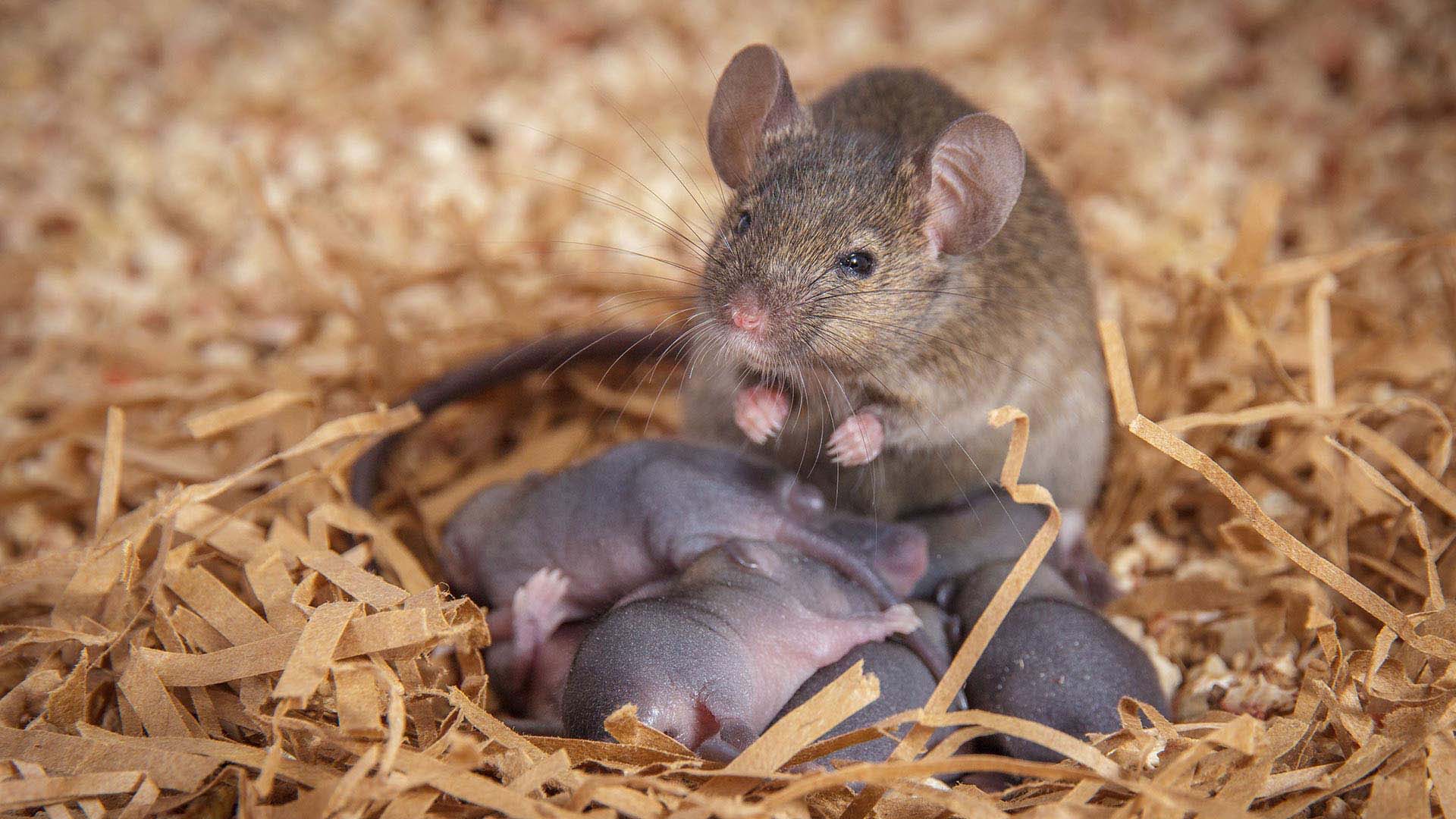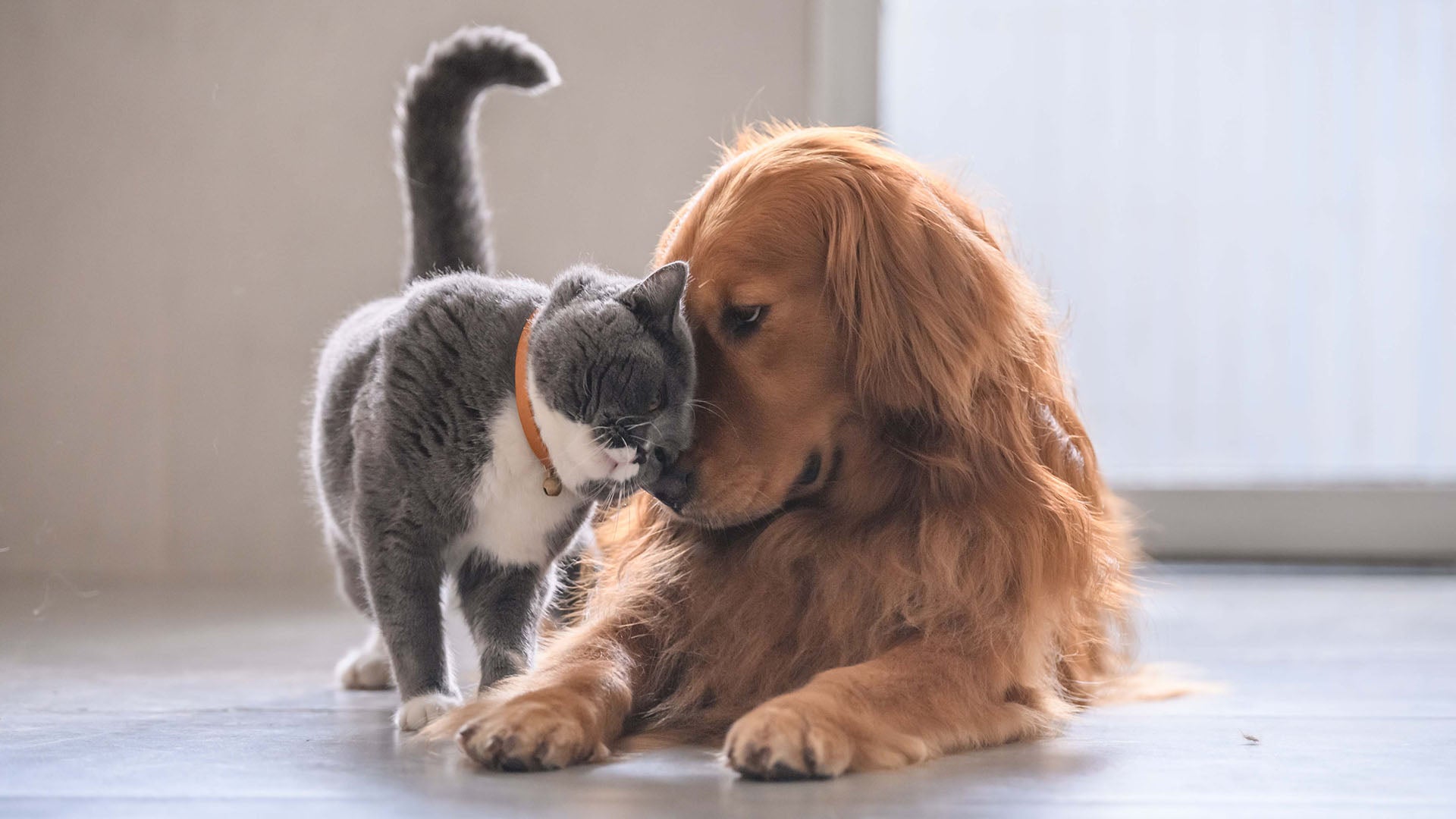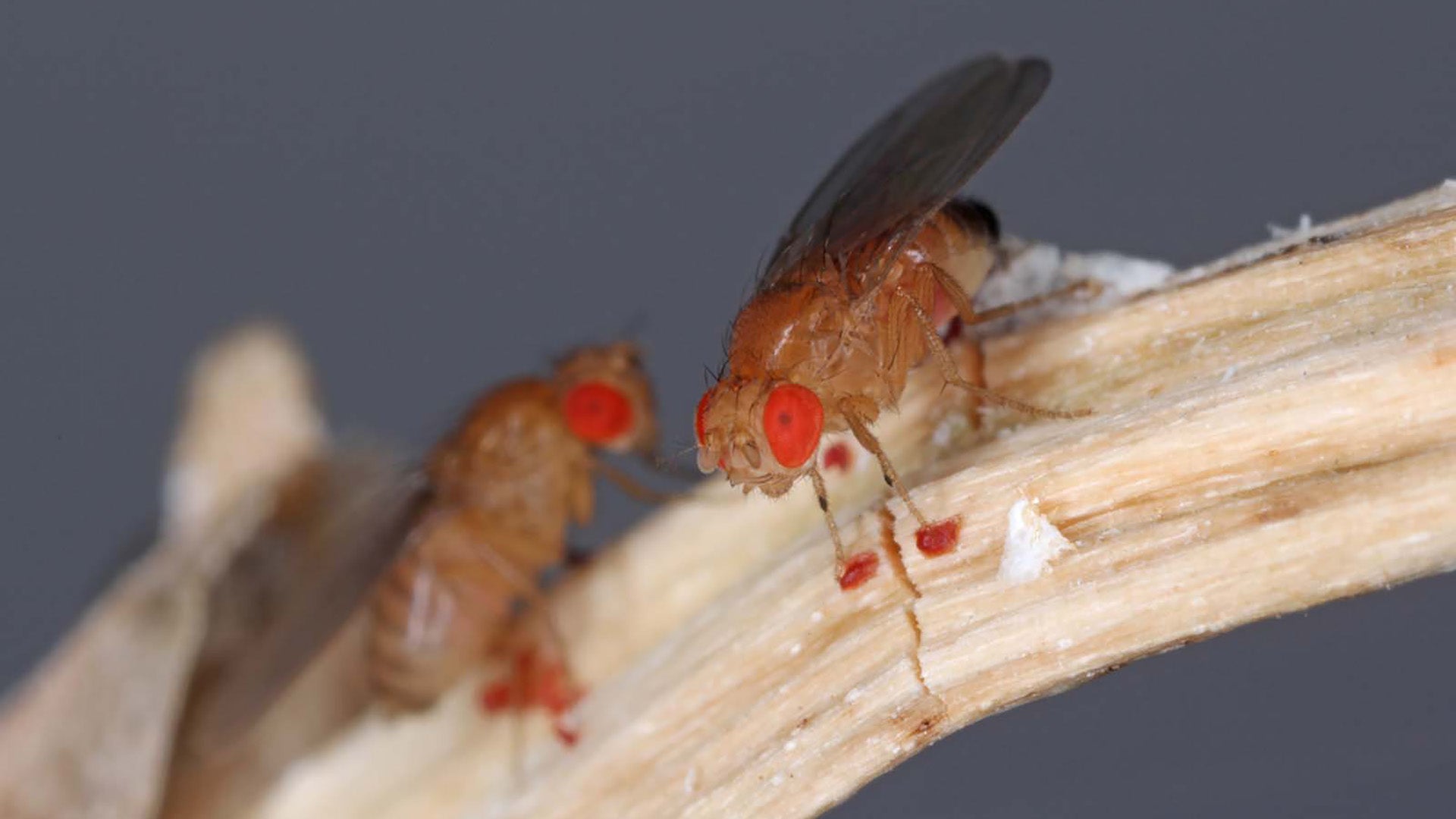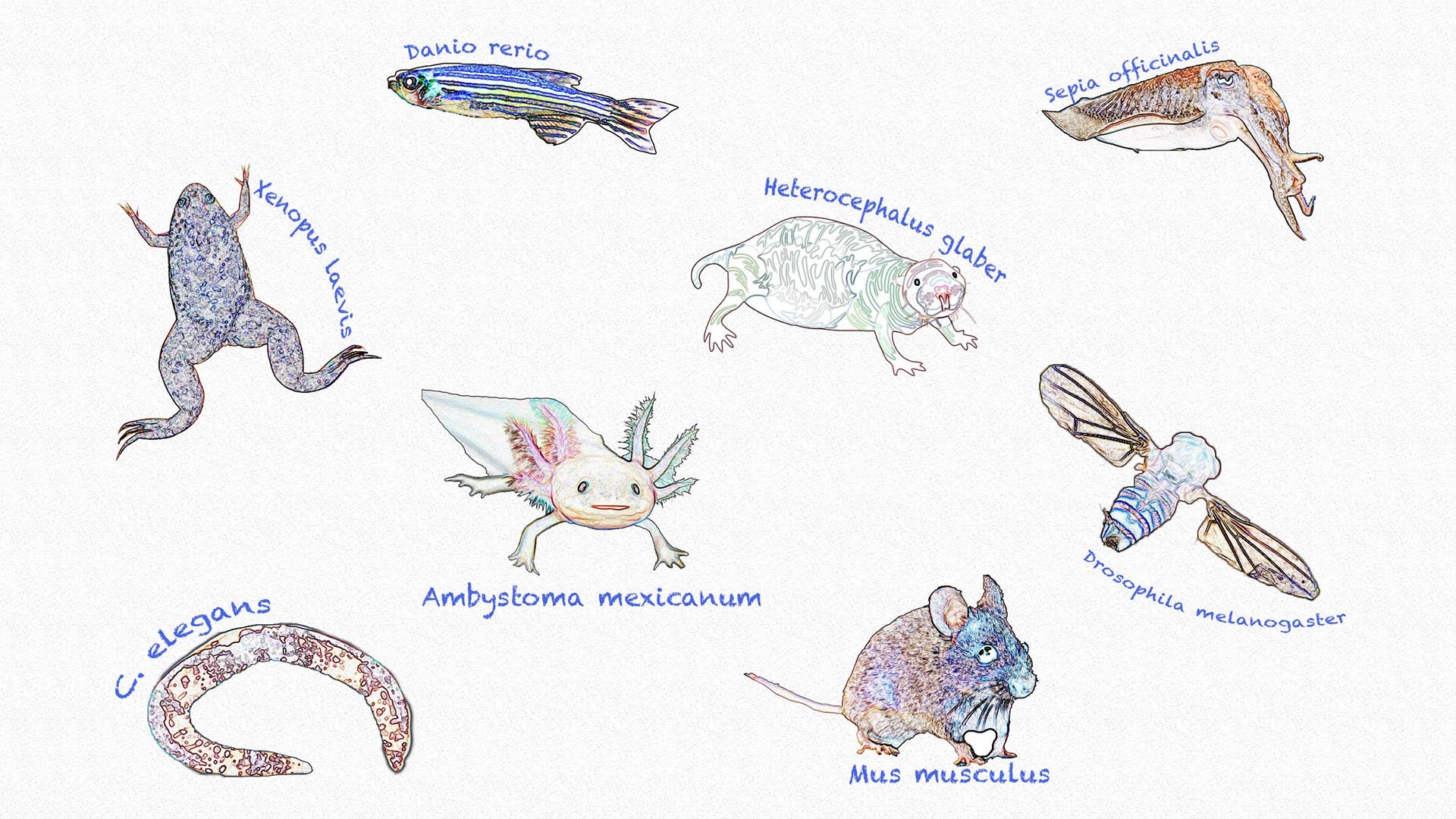Test your science knowledge
Communities and intimate relationships are routinely observed across nature. From bee colonies to wolf packs, animal groups follow certain sets of social rules that govern their behaviors and interactions. But where do the rules come from and how do they work? Cold Spring Harbor Laboratory scientists are trying to find out. The answers might teach us a thing or two about our own social interactions.
How do mouse mothers typically respond to their crying pups?

For moms, social contact is its own reward. CSHL Professor Stephen Shea has shown how the brain nurtures maternal instincts in mice through a process called reinforcement learning. When mouse mothers pick up pups, their brains reward them with dopamine—encouraging them to do it again. Shea’s findings may lead to a better understanding of autism and help answer fundamental questions about the brain.
What is the scientific name for the study of animal behavior?
 © chendongshan - stock.adobe.com
© chendongshan - stock.adobe.com
CSHL Assistant Professor Helen Hou specializes in studying animal behaviors, such as facial expressions, and the brain circuits that control them. Hou’s work may have applications in mental health. Ethology, the study of animal behavior, has also served as a longtime source of inspiration for actors. Watch film icon Isabella Rossellini discuss the intersection of art and science as she tours the Hou lab at CSHL.
How do male fruit flies typically attract their mates?
 © Tomasz - stock.adobe.com
© Tomasz - stock.adobe.com
Male fruit flies often use their wings to create vibrations or “music” in hopes of seducing potential partners. Certain genetic mutations cause some flies to sing this courtship song better or worse than others. One scientist at a recent CSHL fruit fly course wondered whether alcohol might have a similar effect. Watch this video for an inside look at CSHL’s long-running Drosophila Neurobiology course.
The mice in this video clip are of a special breed known for their call-and-response routines. Which country’s rainforests are home to these “singing” mice?
CSHL Assistant Professor Arkarup Banerjee uses the “music” of Costa Rican mice to help us explore the parts of the human brain that drive communication. These studies may offer valuable insights into neurological conditions that affect speech, like strokes and communication disorders. To learn more, watch Banerjee’s recent appearance in CSHL’s ongoing public event series, Cocktails & Chromosomes.
As you might’ve noticed, humans and animals have lots in common. Which of the following animals is most genetically similar to humans?

Mice also bear a striking resemblance to humans in terms of our circulatory, reproductive, digestive, hormonal, and nervous systems. Read more about the dedicated veterinary staff of CSHL’s Animal Shared Resource in our story, “Of mice and model organisms.”

Share your Results:

